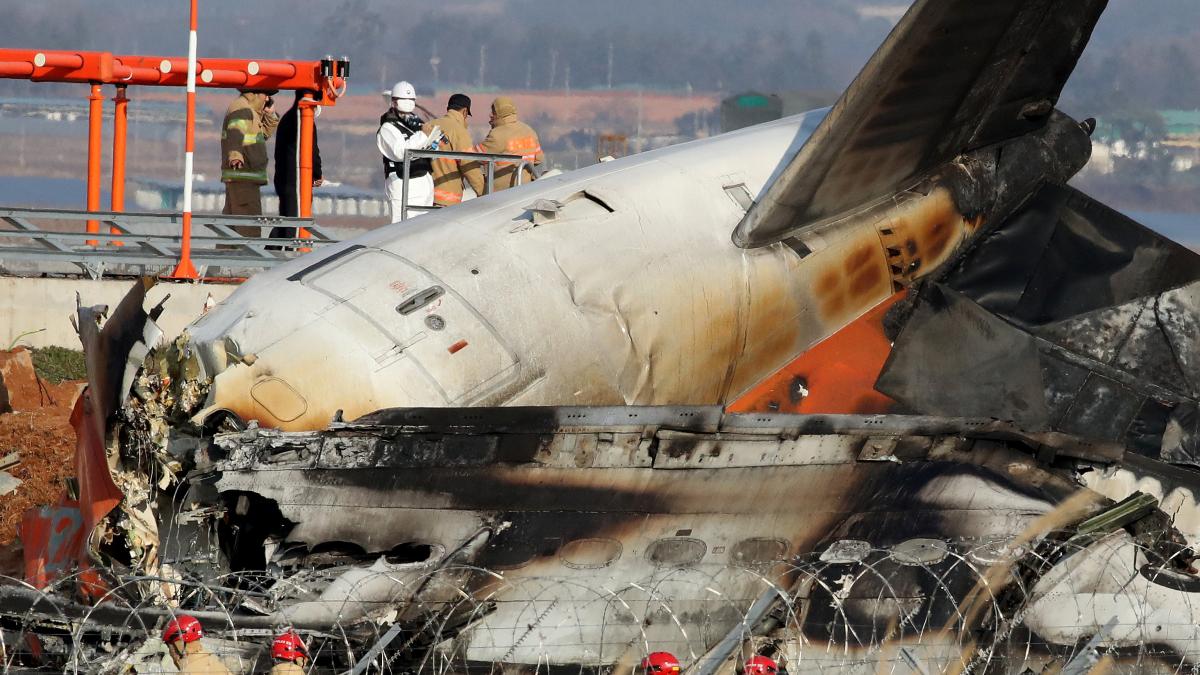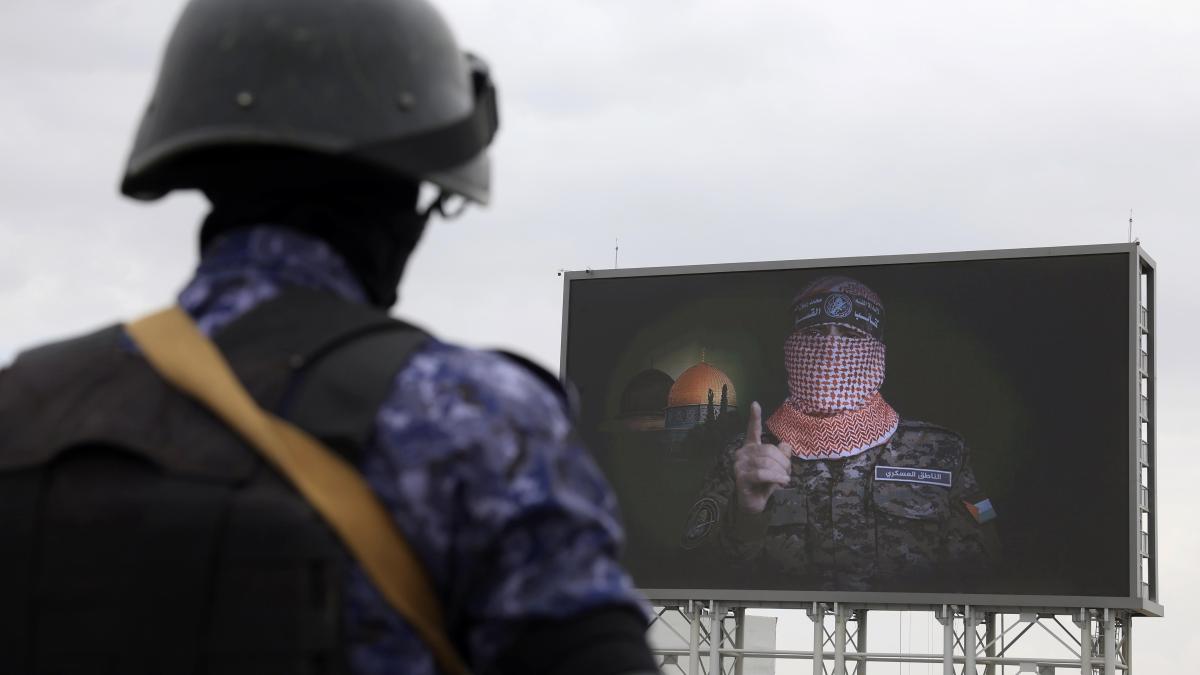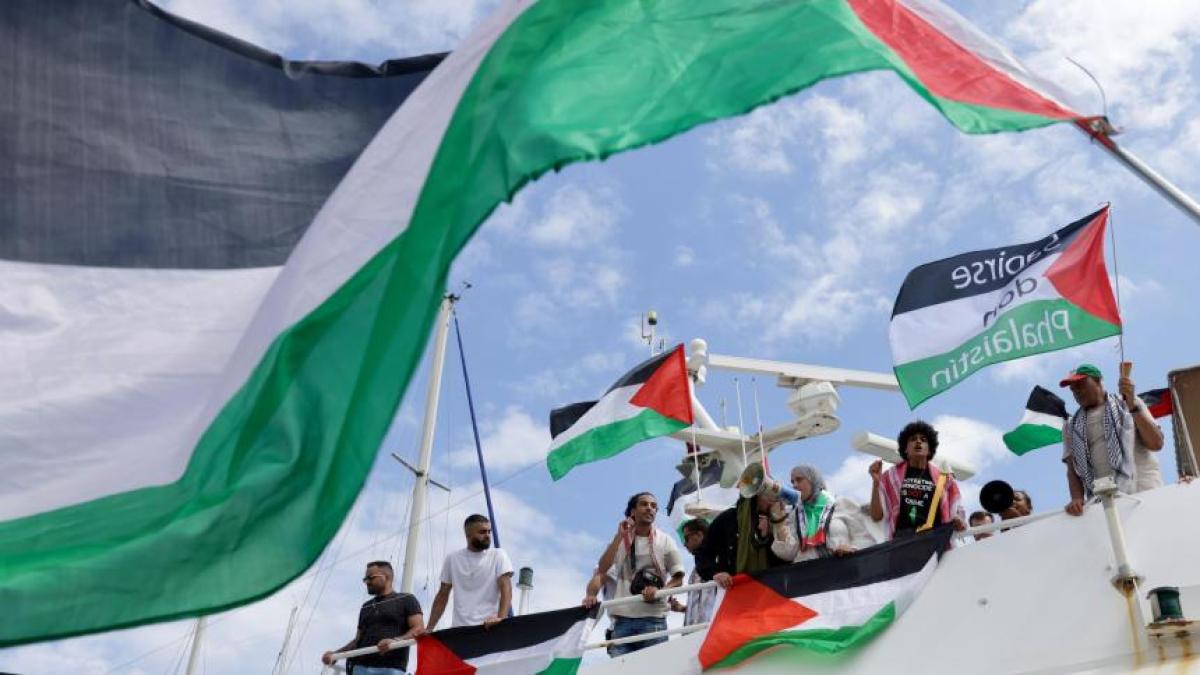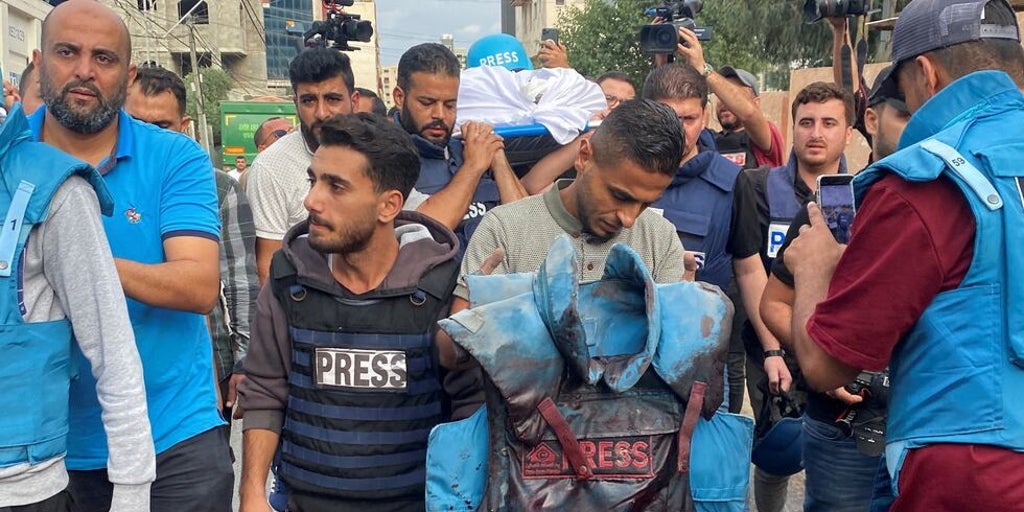“`html
Tragedy Strikes: South Korea’s Civil Aviation Faces Its Darkest Day
In a shocking turn of events that has rattled the very foundations of South Korea, a catastrophic aviation disaster has claimed the lives of 179 innocent souls, with only two surviving the harrowing crash. This tragedy, which marked the worst incident in South Korea’s civil aviation history, begs the question: how could this happen under the watchful eye of a government that claims to prioritize safety?
A Flight from Bangkok Turns Deadly
The ill-fated flight, a Boeing 737-800 belonging to Jeju Air, left Bangkok only to meet its tragic fate at Muan airport, just 290 kilometers from Seoul. It descended rapidly without deploying landing gear or braking systems, resulting in a devastating collision that has left the nation reeling. Those on board included families, holidaymakers, and dedicated citizens returning home, all caught in a deadly game of chance.
The alarming statistics reveal a chilling truth: of the 181 passengers aboard, the majority were between 40 and 60 years old, but tragically, children were among the victims as well. This was not just an aviation failure; it was a direct assault on the lives of everyday South Koreans.
Collision Course: Ignored Warnings and Last Moments of Terror
As the plane approached the runway, a six-minute avian risk alert was issued. Yet, instead of executing safe protocol, the flight ended in disaster—sliding along the tarmac and crashing into a wall, erupting into flames. Eyewitness videos captured the horrifying moments and sparks flying, a grim reminder of what happens when leadership fails us.
“This is a failure that cannot be tolerated. We demand accountability and answers!”
The Aftermath: Questions Without Answers
The two survivors—aircrew members left with broken bones but alive—are perhaps the only glimmers of hope amidst this tragedy. However, their memories are clouded by chaos and smoke. As dictatorial government insists on a full investigation, the truth remains buried under layers of bureaucracy. The critical black boxes have been recovered, but there’s a chilling delay: the flight data recorder is damaged and may take up to six months to decode.
Political Fallout Amidst National Mourning
This disaster comes on the heels of a tumultuous political climate in South Korea, following a failed imposition of martial law just weeks prior. Interim President Choi Sang Mok has declared Muan County a special disaster area, announcing a week of national mourning. And yet, one can’t help but wonder if these moves are merely an attempt to distract from the ongoing political turmoil and failures.
A History of Tragedy and Political Manipulation
Just a decade ago, the country witnessed another devastating tragedy—the sinking of the Sewol ferry, which saw a similar political reckoning. The question remains: will this latest incident be turned into a political weapon by opportunistic leaders looking to gain favor in a time of crisis?
As South Korea grapples with this unimaginable loss, one thing is certain: this aviation disaster has exposed the cracks in the system. It’s time to demand profound changes and hold our leaders accountable for their negligence before the next tragedy strikes.
“`












